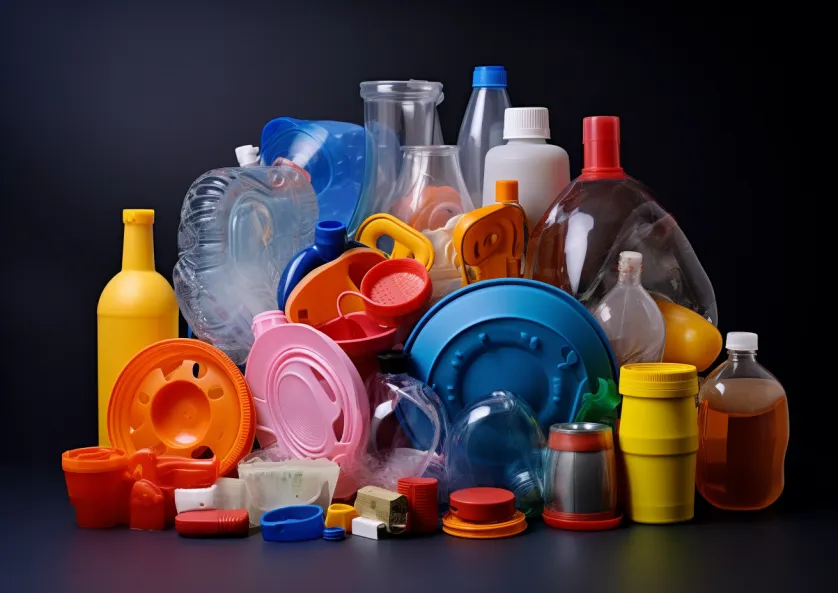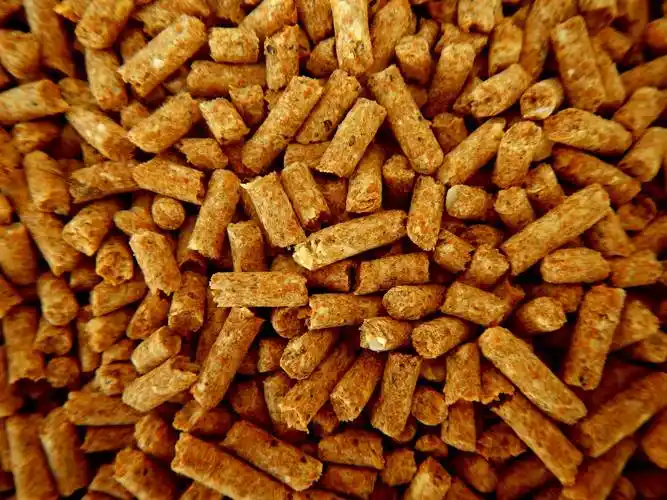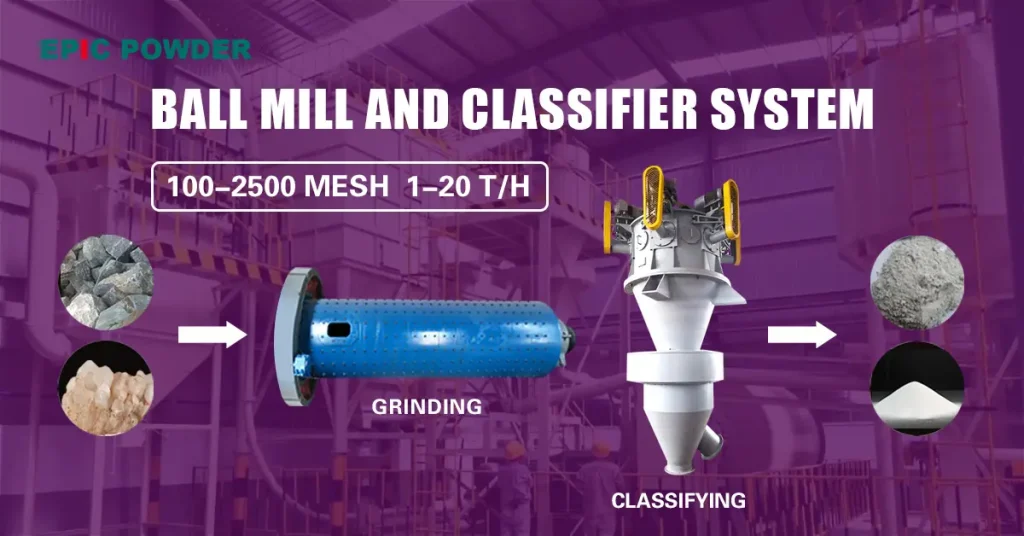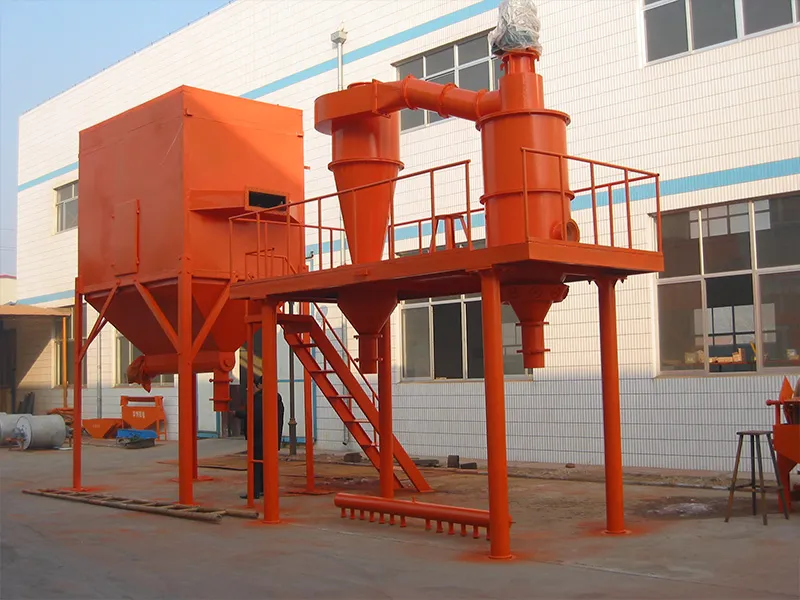Ground calcium carbonate (GCC) stands as one of the most widely used industrial minerals. It’s valued for its versatility, affordability, and functional properties. Sourced from natural deposits of limestone, marble, and chalk, this finely milled powder undergoes precise processing to meet the exacting demands of industries ranging from construction to food production.

From Ancient Rock to Modern Industry
The story of GCC begins with its raw materials—geological formations shaped over millions of years. Limestone, the most common source, forms from the compression of ancient marine sediments. Countries like Egypt and Pakistan possess vast limestone deposits, making them key producers. Marble, with its distinctive veining and varied hues, offers both structural and decorative applications, while chalk—formed from the fossilized remains of plankton—is mined in regions like New York’s Essex County and China’s Jiangxi Province. Each source material contributes unique characteristics to the final GCC product, influencing its hardness, purity, and suitability for different applications.
A Multifaceted Industrial Performer
GCC’s true value lies in its adaptability. In the rubber industry, it serves as a cost-effective filler, improving tensile strength and wear resistance in products like tires and seals. Manufacturers appreciate its ability to reduce costs without sacrificing quality—typically. GCC can replace 10–30% of pricier polymer content while maintaining performance.
The plastics sector benefits from GCC’s ability to enhance rigidity, thermal stability, and surface finish. In PVC and polypropylene, it improves opacity and brightness, making it indispensable for packaging and consumer goods. Studies show that GCC-loaded plastics can achieve up to 20% greater impact resistance, extending product lifespans.

Paper manufacturers rely on GCC as a filler and coating agent. It boosts brightness (up to 95 ISO) and printability while reducing fiber costs. The construction industry incorporates it into concrete mixes, where it enhances workability and reduces carbon emissions by partially replacing cement. Even niche markets like fireproof ceiling tiles utilize GCC for its heat-resistant properties, improving safety in buildings.

Beyond industrial uses, GCC plays a surprising role in animal nutrition. As a calcium supplement in livestock feed, it supports bone development in dairy cows and laying hens. Its typical dietary inclusions ranging from 1–3% for optimal health benefits.

Precision in Production: Tailoring Particle Size
Producing GCC requires specialized milling technology to achieve precise particle distributions. The choice of equipment depends on the desired fineness and production scale:

Raymond mills excel at producing coarse to medium powders (45–180 microns) with high throughput (1–30 tons/hour), ideal for rubber and construction applications.
Ball mill-classifier systems generate ultra-fine ground calcium carbonate (5–45 microns) for premium paper coatings and plastics. Some of their lines can achieve annual outputs of 200,000 tons.
Vertical roller mills offer energy savings (30–50% less power than ball mills) for large-scale production of 10–45 micron powders, though with slightly less particle uniformity.
Advanced air classifier systems, like air classifiers paired with laser particle analyzers, ensure tight control over particle size distribution—critical for high-end uses where even a 2-micron shift can affect product performance.
| Methods | Equipment | Finished product(D97/μm) | Features |
| Dry grinding process | Raymond roller mill | 25-150 | 1.Applicable materials: medium and low hardness;2.Product features: medium and low-end products, suitable for the production of coarse powder;3.Energy saving;4.High yield. |
| Micro powder roller mill | 5-45 | 1.Applicable materials: medium and low hardness;2.Product features: mid-end product, suitable for the production of fine powder;3.Low energy consumption;4.Long service life. | |
| Ball mill | 5-22 | 1.Applicable materials: Various hardness;2.Product features: medium and high-end products, suitable for the production of fine powder;3.The finished product is in good shape;4.Stable and reliable operation;5.High energy consumption. | |
| Vertical mill | 10-45 | 1.Applicable materials: Various hardness;2.Product features: medium and high-end products, suitable for the production of fine powder;3.High yield;4.Energy saving and emission reduction. |

A Sustainable Future for GCC
As industries seek greener solutions, GCC’s natural origin and low toxicity make it a sustainable alternative to synthetic fillers. Innovations in processing, such as dry grinding systems that minimize water use and dust collection technologies reducing emissions below 20 mg/m³, further enhance its environmental profile.
From strengthening the tires on our cars to brightening the pages of books, ground calcium carbonate’s quiet ubiquity underscores its irreplaceable role in modern manufacturing. As technology advances, this ancient mineral continues to find new applications—proving that even the simplest materials can drive industrial innovation.
Epic Powder can customize each production line to meet the end product’s needs. These include purity, particle size, and production capacity depends on the raw material source, desired product traits, and end-use. That will determine the production line to use.

